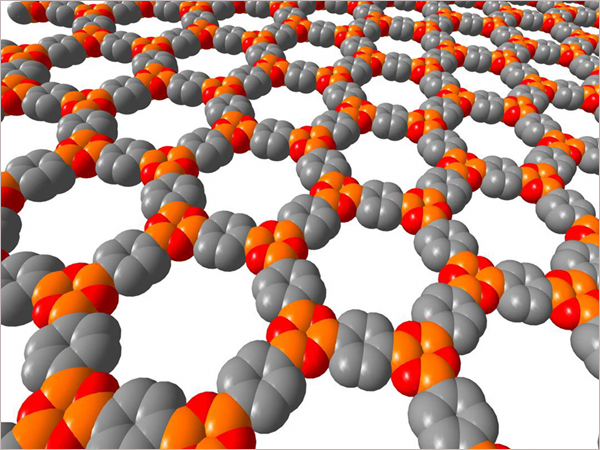What is a Polymer
A polymer is a type of macromolecule that is composed of a large number of repeating units. These repeating units represent monomers from which the polymer is made. Monomers are small molecules. These monomers have either double bonds or at least two functional groups per molecule. Then they can undergo polymerization in order to form polymer material.
Since polymers are diverse, they can be categorized into several different groups depending on different parameters. The classification is given below.
Classification of Polymers
Based on the Structure:
- Linear polymers
- Branched polymers
- Network/crosslinked polymers
Based on the Molecular Forces:
- Thermoplastic polymers
- Thermosetting polymers
- Elastomers
Based on the Source:
- Natural polymers
- Synthetic polymers
Based on the Method of Polymerization:
- Addition polymers
- Condensation polymers
Polymers have different properties depending on the repeating units present in the polymer, microstructure of the polymer material, etc. Some polymers show plasticity, some show elasticity; some polymers are strong and rigid, some are soft and flexible. Likewise, polymers show a wide range of properties.

Figure 01: Covalent Organic Frameworks
General Properties of Polymers
- Most polymers are resistant to chemicals.
- Most polymers act as electrical and thermal insulators.
- Generally, polymers have a high strength when compared to their light weight.
- Some polymers can be obtained from natural sources, but most of the polymers are synthesized from petroleum oil.
The tacticity of polymers is another important concept regarding polymers. Polymers can be isotactic, syndiotactic or atactic. This tacticity is determined depending on the position of the pendant groups present in the polymer chains. If the pendent groups are on the same side, they are isotactic polymers. If the groups are in an alternating pattern, then they are syndiotactic. But if the pendant groups are positioned in a random manner, they are atactic polymers.